The new year is right around the corner, let’s forget about long-term future for a while to check out what new tech trends will hit it big in 2016. At the end of every year, global design and strategy firm Frog predicts what technology trends will transform businesses in the coming year. In 2014 it was the rising of drones, augment reality and self-driving cars; while 2015 was the year of 3D printed meals, virtual currency and wearable devices. What tech trends in healthcare, education, lifestyle, communication and relationships will define our 2016? New year, new technologies; let’s take a look!
1. FDA-Approved Video Games for Mental Health
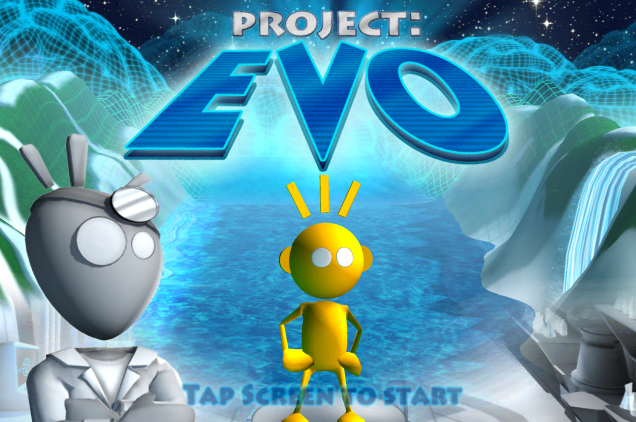
Video games become an alternative for parents to treat their children beyond drugs. For the first time, doctors might be able to prescribe treatments with FDA-approved video games for kids with ADHD, autism, or depression. Project EVO from Akili, an interactive game that has completed eight clinical trails in cognitive disorders, will normalize the practices of treating-by-game in the new year.
2. Friendship as a Service

How much would you pay for the most private and personal things, such as human connection and friendships? Now in China you can rent a boyfriend to bring home from Taobao; in Japan you can order a Tear Deliveryman, someone who will offer you a shoulder to cry on and dry your tear; and with this online platform you can book a Professional Certified Cuddler for a hugging therapy session. Companies are looking for the next untapped value sources. Just like Uber with personals cars and Airbnb with private properties, our human connection will be the next professional commodity for sale.
3. Virtual Reality to Bring the World Closer
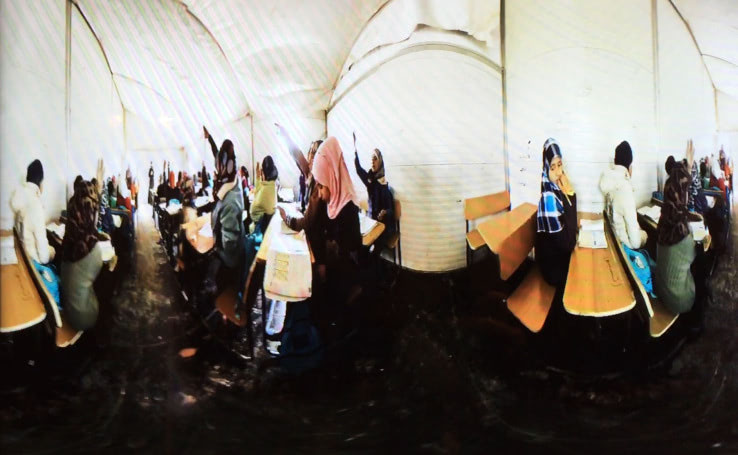
Thanks to consumer availabilities of VR headsets, such as Oculus Rift and Hololens, we are able to transfer ourselves virtually all around the world with shared experiences. The feeling of presence and the interaction from VR cams create the sense of empathy that viewers can never felt from 2D screen, enabling the deeper connection on a more personal level. For the comparative isolated places, groups, or people, such as refugee camps and war zones, VR could open a new conversation and accelerate further engagement. Executive technology director Jud Holliday says: “Rather than getting lost in virtual fantasy, we find ourselves more deeply connected to reality”.
4. Review Things with Your Biometrics
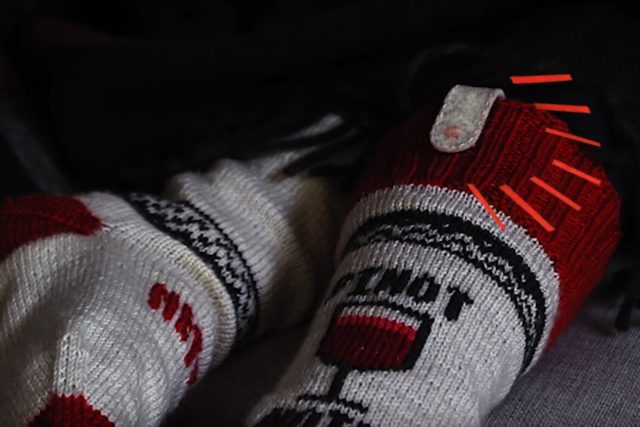
The data from our biometrics responses can be a tangible proof to rate products or services. Such as sleep pattern or heart beat, they can be a great crowd sources to automatically and objectively report how scary a movie is, how good the food tastes, or how stressful a commute is, for instance. At this moment, we are already able to make our DIY Netflix socks to pause our favorite show with a simple sleep detection system. At least, this could be a starting point to report how boring or sleepy a TV show is.
5. Artificial Intelligence in Special Education
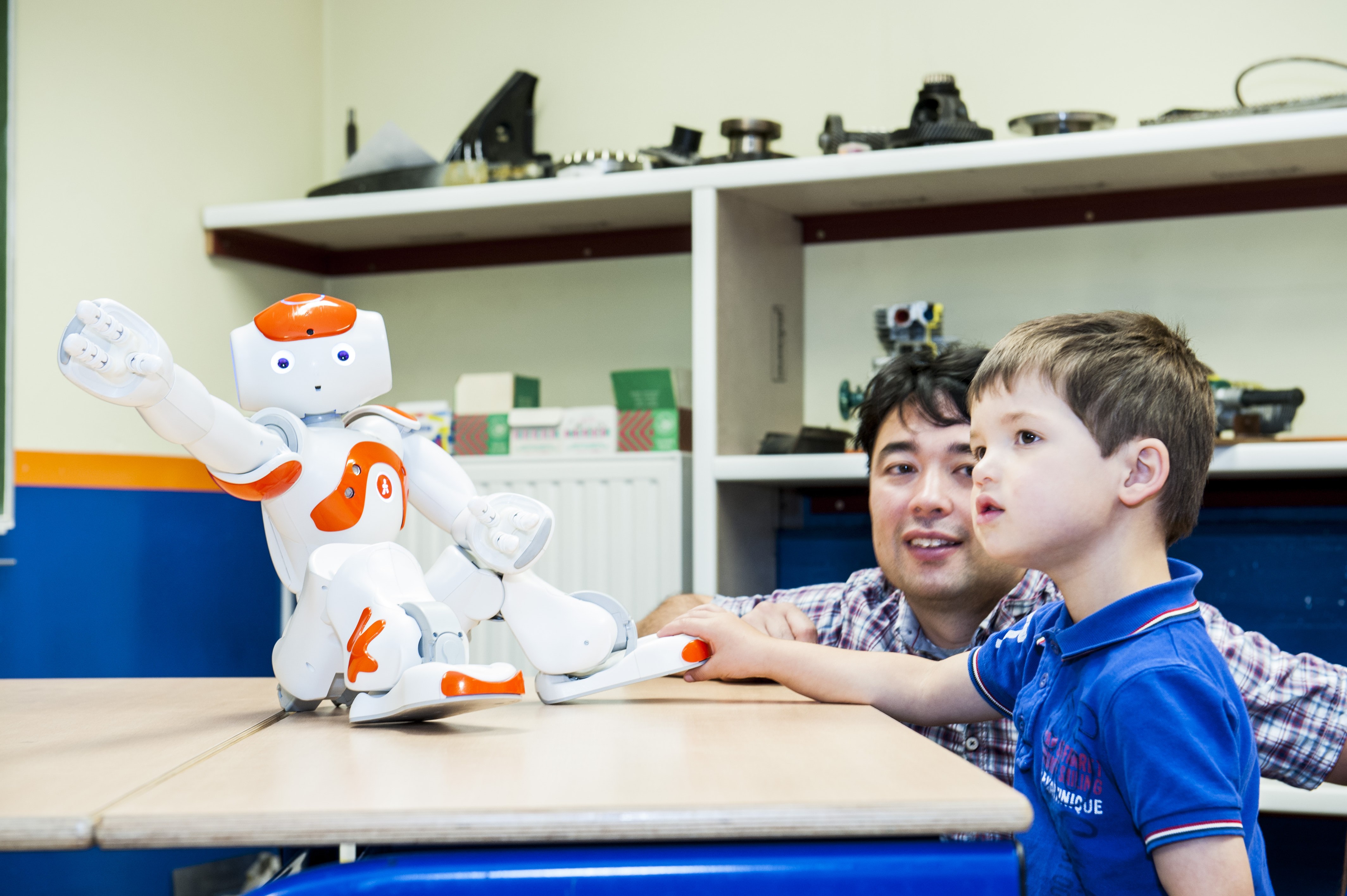
Artificial intelligence toys have been proved to be extremely effective to help kids with learning disabilities, like Autism. Probably in the near future, we will see the whole classroom with intelligent toys, serving as counselors and playmates, guiding and educating kids with their personal and playful interactions as treatments. From the perspective of Strategist Constance Smith, AI beings are well suited for special education, because of “non-human” qualities. They have limitless patience, infinite information to answer, and the inability to show unkind judgments or being annoyed. But, what if one day AI toys will start to show or own “human” qualities?
6. Alternative Credit Score
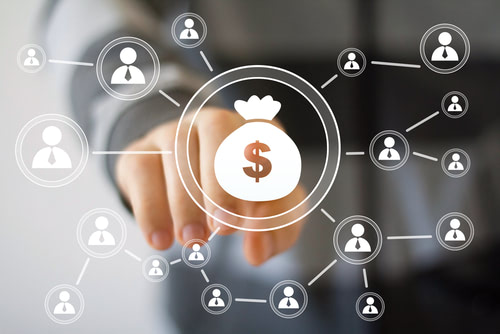 How can we calculate credit score if our money is becoming much more virtual and is not only stored in a regular bank account? The alternative to credit scoring system might come in 2016 and impact on formal financial system. Startups like InVenture and Happy Mango are exploring new possibilities to use mobile phone with behaviours and communication patterns as dataset to indicate people’s responsibility and credit worthiness.
How can we calculate credit score if our money is becoming much more virtual and is not only stored in a regular bank account? The alternative to credit scoring system might come in 2016 and impact on formal financial system. Startups like InVenture and Happy Mango are exploring new possibilities to use mobile phone with behaviours and communication patterns as dataset to indicate people’s responsibility and credit worthiness.
Source: Frog, Business Insider UK. Images: Shutterstock, Recode, The Oregonian, Tech Crunch, Digital Trends, The Dream Project, Happy Mango
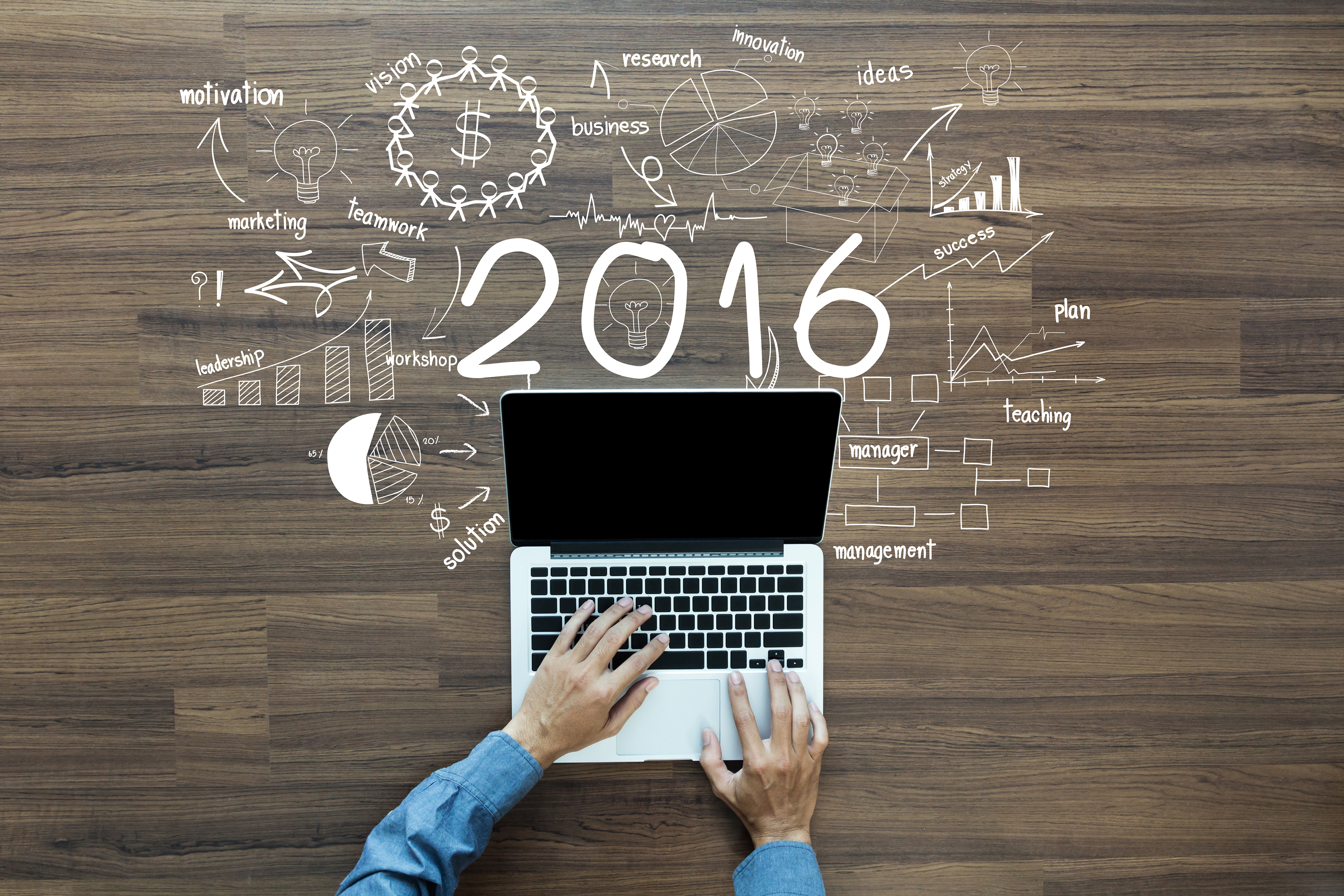
Share your thoughts and join the technology debate!
Be the first to comment